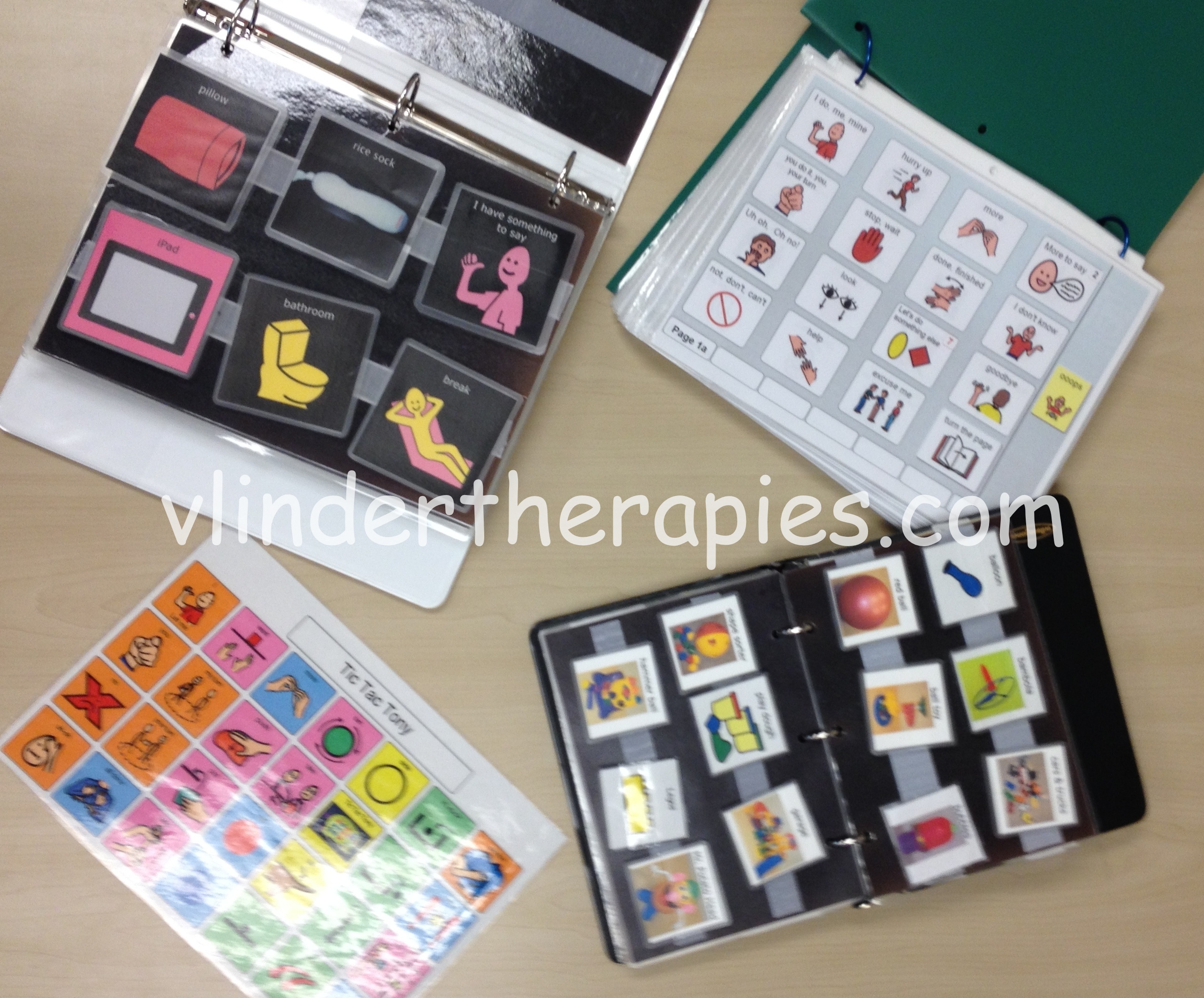Frequently Asked Questions > AT & AAC > What is AAC?
AAC stands for Augmentative and Alternative Communication. Besides oral speech, we use many other forms of communication. This is what AAC encompasses. Through facial expressions, when we gesture or point, use symbols or pictures to communicate, or write, we are using AAC. It is any method used to supplement or replace speech when speech is inadequate to meet some or all of a person's communication needs. AAC is also applicable to individuals with language difficulties. AAC provides a means of functional communication for those who would otherwise not be able to express their thoughts, feelings, wants and needs.
AAC professionals endeavor to address the communication needs of individuals who experience significant communication challenges. The goal of AAC is to achieve the most effective communication possible for the individual. Special communication aids, such as picture and symbol communication boards and electronic devices, are available to help people express themselves.
AAC interventions range from unaided solutions (requiring no materials, e.g. gestures or sign language) to aided solutions which include:

"no tech": such as picture communication books, PODD, aided-language stimulation boards;
"low tech" (requiring batteries): such as simple voice output devices; and
"high tech" solutions (i.e. sophisticated speech generating devices).
AAC systems can help decrease frustration (sometimes expressed through challenging behavior) and increase social interaction, school performance, and feelings of self-worth.
AAC does not 'take away' speech. AAC aids and devices are used to enhance communication or offer a means of expression that may not otherwise be present. Nor does AAC inhibit the development of speech in children. In fact, research shows that AAC systems may facilitate the development of speech in children over time.
AAC interventions can assist (among others):
- young children who have not yet learned to verbally communicate
- "late talkers"
- individuals with apraxia of speech
- individuals with Autism, Down syndrome or other developmental disability
- individuals who struggle to process language
- individuals with diagnoses including cerebral palsy or other congenital condition causing speech disability
- individuals with cognitive impairments (e.g. below average general intellectual functioning, or as seen in dementia)
- individuals with acquired injuries that affect their ability to speak or use language (e.g. following a stroke or head injury)
- adults with progressive diseases like ALS and Parkinson's
Last updated on May 25, 2015 by Vlinder CT PLLC